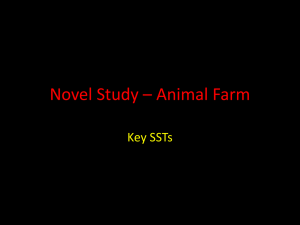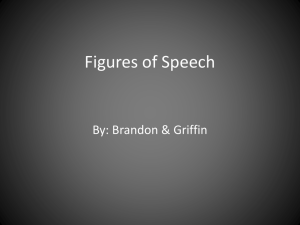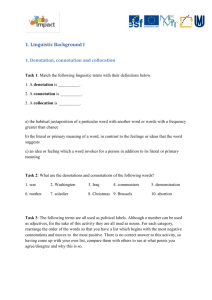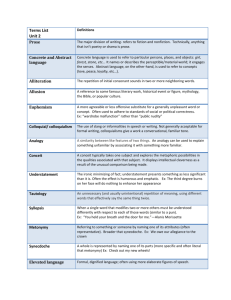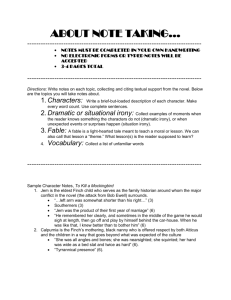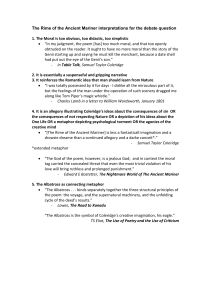The Four Tropes
advertisement
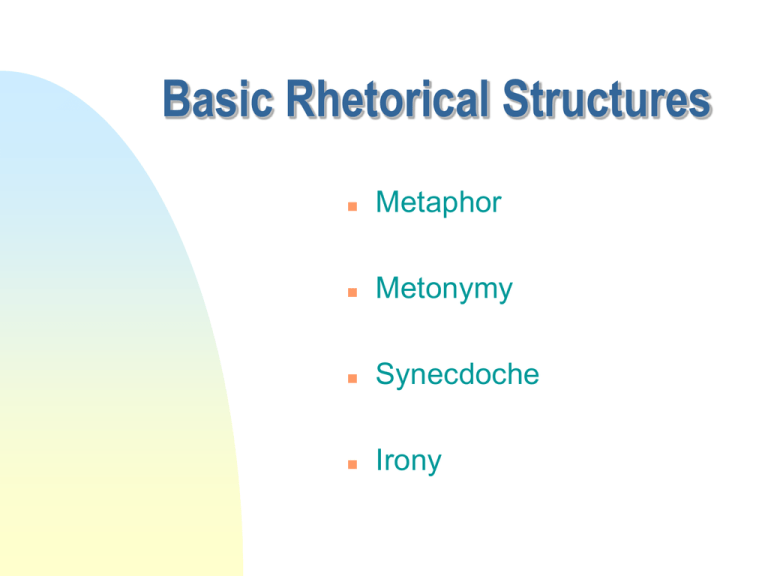
Basic Rhetorical Structures Metaphor Metonymy Synecdoche Irony Metaphor Links by implicit similarity “How sweet the moonlight sleeps upon this bank” “A green thought in a green shade” “My love is a red, red rose” Not to be confused with simile where the similarity is explicit Metonymy Links by close association (contiguity) “The Crown” for the monarchy “The Stage” for the theatrical profession “Dante” for his works Synecdoche Substitutes the part for the whole “Some eyes condemn the earth they gaze upon” Milton refers to the corrupt clergy as “blind mouths” Irony Juxtaposes appearance and reality the speaker’s implicit meaning is very different from what is said “It grieves me much … who speaks so well should ever speak in vain” Can appear as “dramatic irony” The Genre of Allegory allegory: a story in prose or verse with at least two levels of meaning: primary or surface meaning secondary or under-the-surface fable: a short narrative which points an abstract moral principle. The most common is the beast fable. parable: a short narrative which “teaches a moral lesson” Four Levels of Meaning literal or historical meaning narrates allegorical meaning the hidden subtext and allusions moral meaning the what in fact happened ‘truth’ signified by the passage anagogical meaning the ‘mystical’ interpretation Animal Farm literally about the revolt of animals against human overlords allegorical: Napoleon=Stalin; Major=Lenin; Snowball=Trotsky; Jones=corrupt capitalist landowners moral: ‘power tends to corrupt’ anagogical: human (and animal) nature does not change
